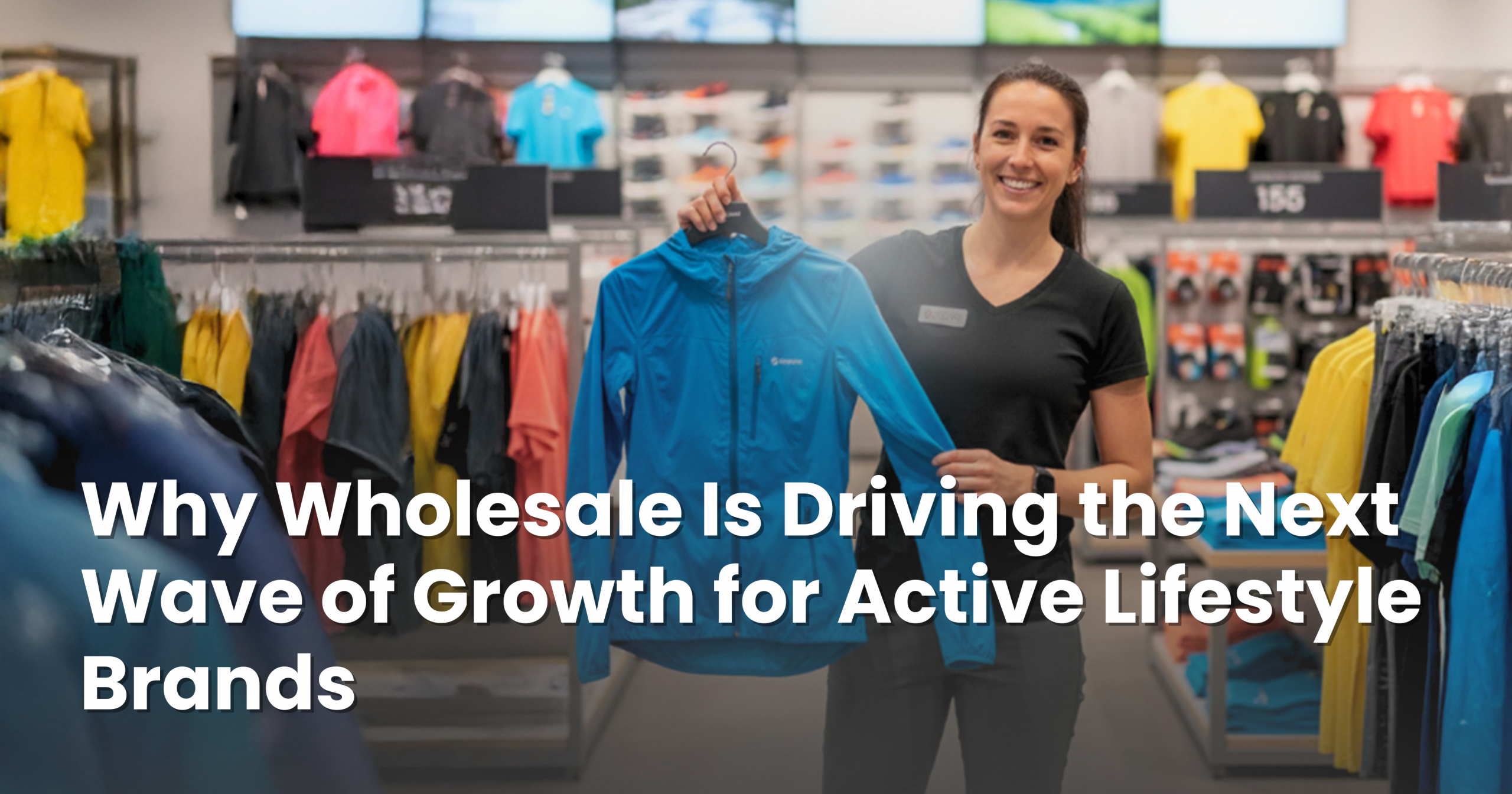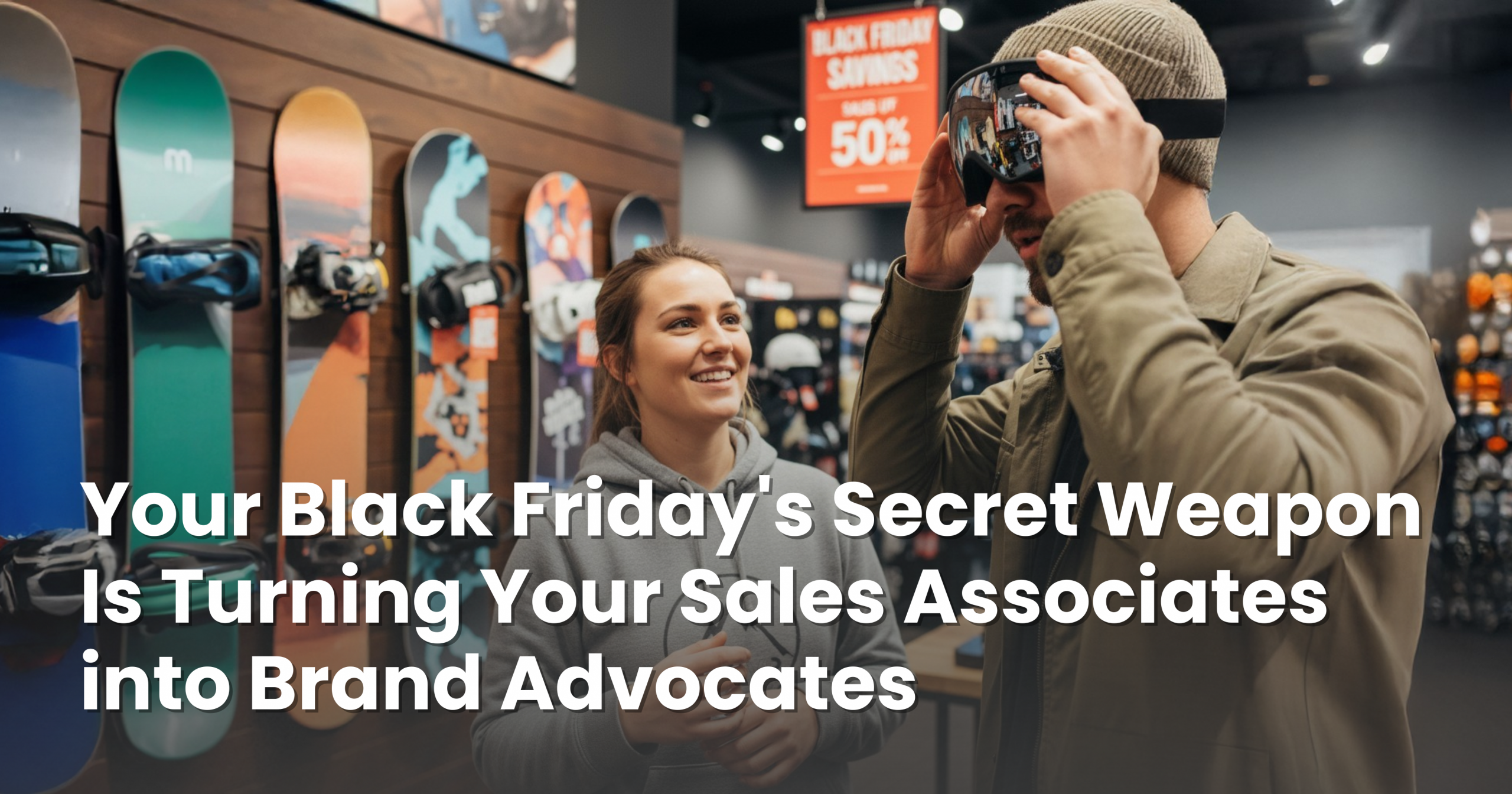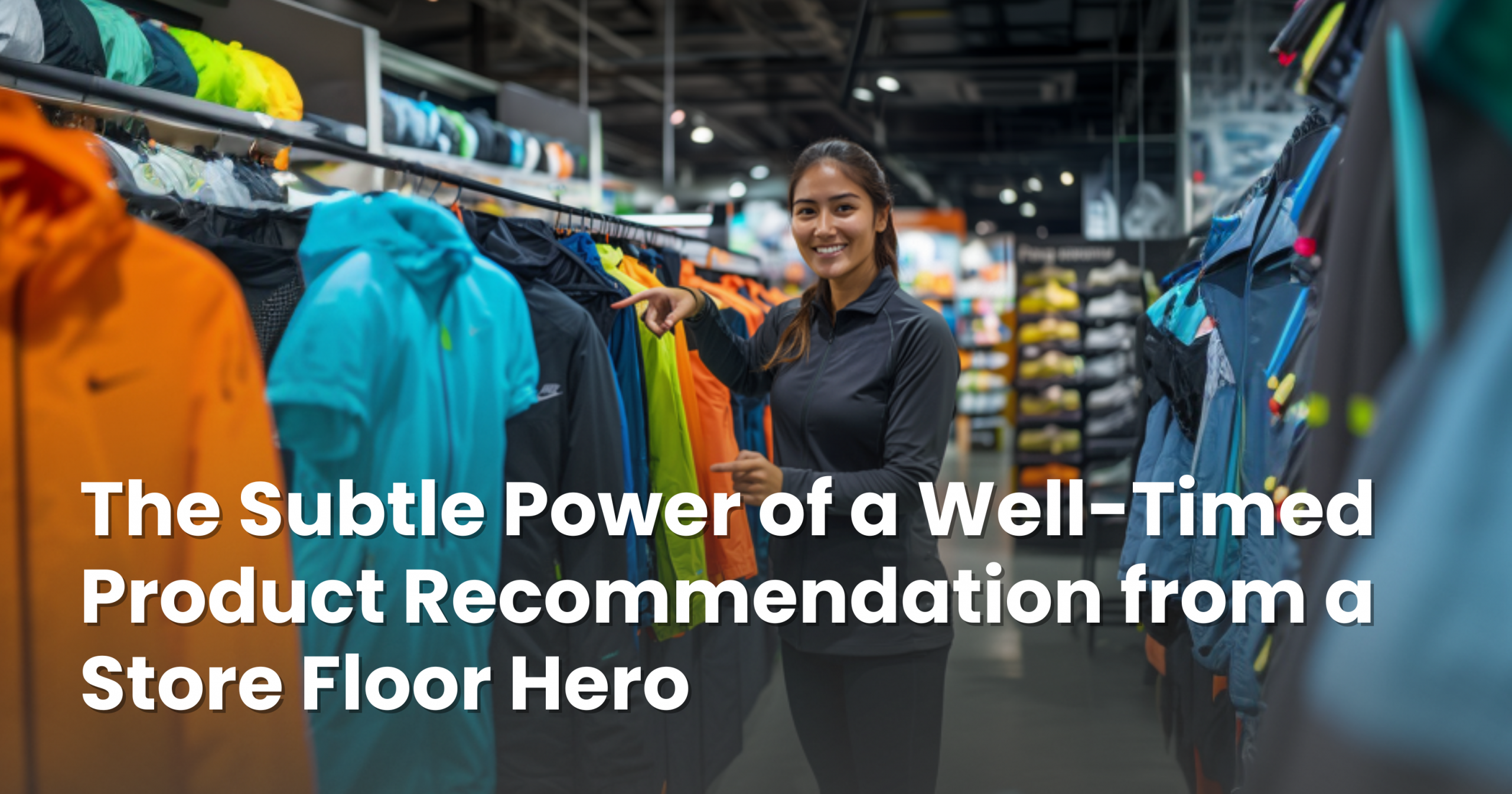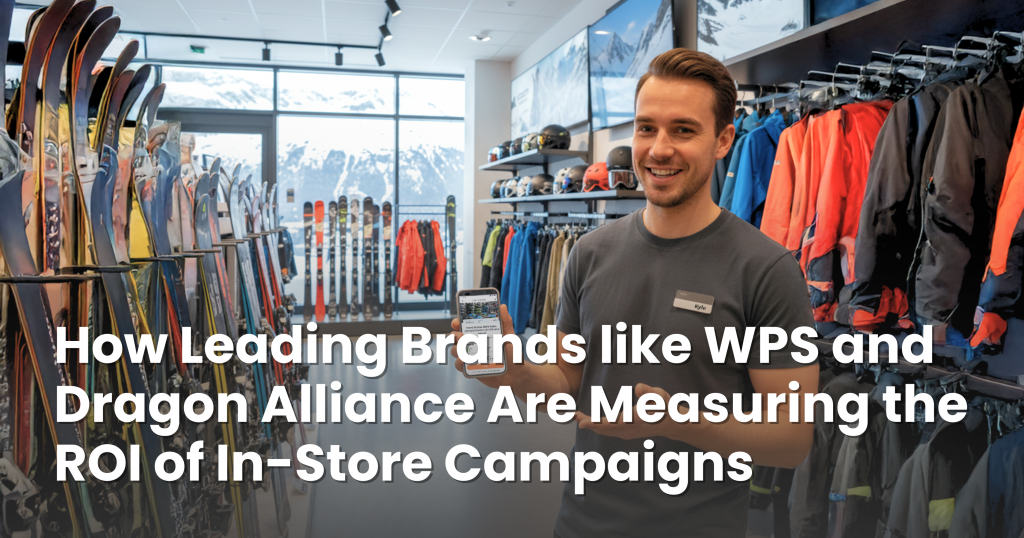
For years, brands have faced a significant challenge in the wholesale and retail space: how do you know if your in-store efforts are actually working? Traditional methods: relying on manual field reports, clunky spreadsheets, and infrequent rep visits, made it nearly impossible to measure the true return on investment (ROI). However, leading brands are now moving beyond guesswork by leveraging platforms that provide real-time data and direct communication with frontline staff.
This new approach allows brands to capture and analyze key metrics, proving the effectiveness of their campaigns and transforming sales associates from passive “order takers” into confident brand advocates. Let’s explore how companies like Western Power Sports (WPS) and Dragon Alliance are leading the way..
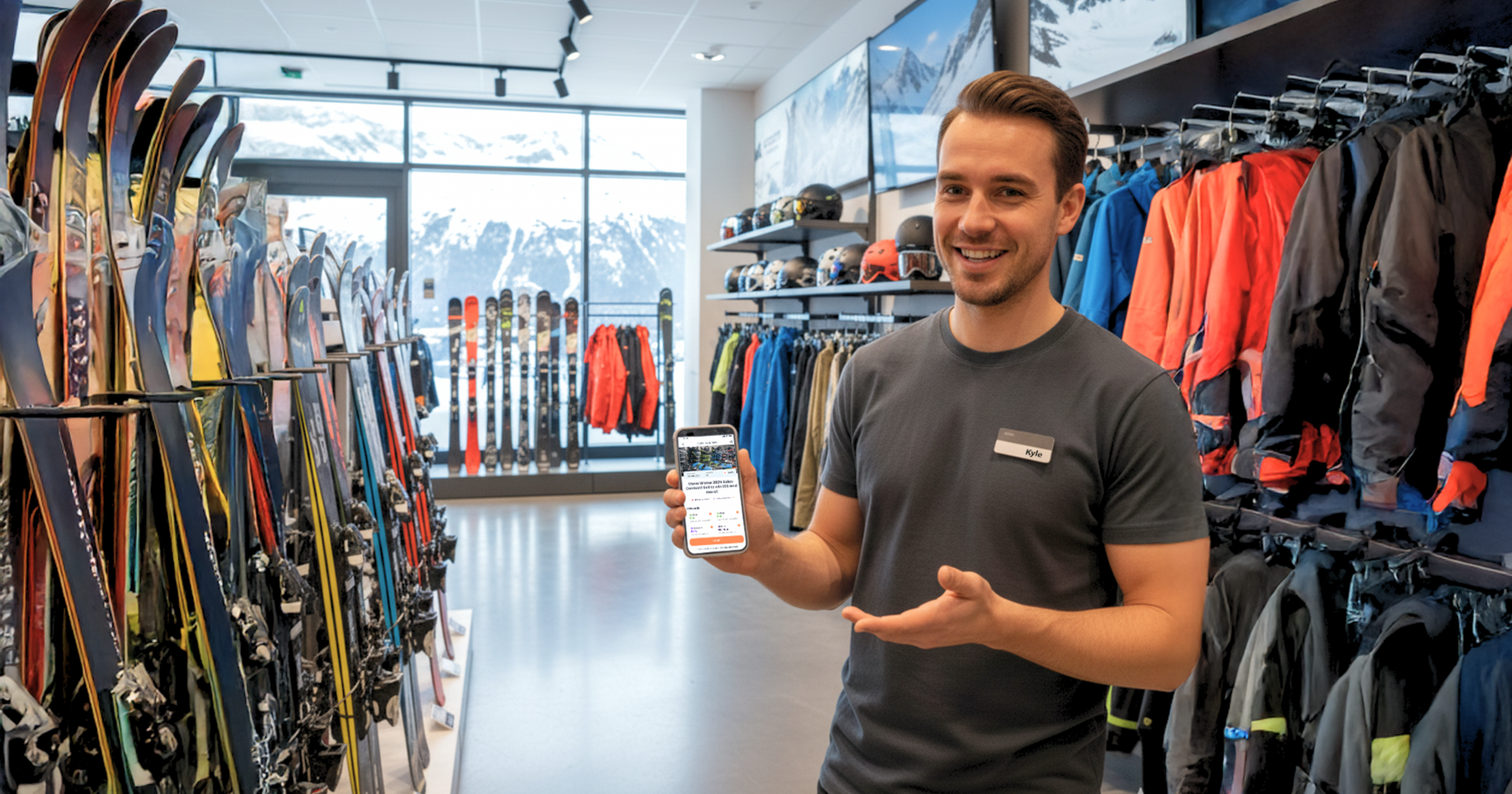
The Problem with Traditional In-Store Programs
Before the shift to data-driven platforms, brands struggled with several key issues:
- Ineffective Education: Distributors like Western Power Sports, one of the largest powersports distributors in the U.S. with over 8,000 potential dealer locations, faced high turnover among parts associates. With a lack of consistent product education, new staff were often unprepared to confidently sell products, and traditional giveaways like hats and stickers didn’t teach them anything about the products themselves.
- Difficulty Measuring ROI: Eyewear and goggle brand Dragon Alliance Australia and New Zealand, for example, relied on face-to-face training and struggled to quantify its ROI. They “literally saw virtually zero uptake” when they tried other clunky, desktop-based online platforms.
- Lack of Engagement: Traditional spiffs and giveaways were not enough to address the challenge of keeping staff engaged and strengthening brand preference in multi-brand environments.
How Leading Brands Are Proving ROI with Real-Time Data
By adopting platforms that connect them directly to frontline staff, brands are gaining unprecedented visibility and a clear view of their ROI.
- Activating and Incentivizing with Aggressive Campaigns
Brands are using targeted, high-impact campaigns to drive immediate results and motivate staff. WPS, for instance, launched with higher-than-usual spiffs to make participation irresistible for both reps and associates. This led to associates making their first sales and coworkers spreading the word “like wildfire,” causing managers to even order new products to get in on the campaigns.
This approach proved effective:
- In its first campaign, WPS activated 59 stores and enrolled 128 sales associates.
- Sales associates submitted 1,871 sales, resulting in 1,739 units sold.
- The top-performing associate sold 91 units and earned $416.
- The top-performing store sold 190 units and earned $738.
WPS also saw a 72.1 Return on Associate Spend and sold 17,038 units of featured products across four of its brands.

- Leveraging Education and Training for Sustained Performance
Platforms enable brands to deliver engaging, on-demand training that is easy for associates to access and complete. Dragon Alliance saw a 45% surge in sales associates completing learning missions after implementing a digital solution. The detailed content on the platform enhanced staff expertise, which led to a $33 boost in the average sunglass selling price and an almost $60 increase in snow goggle prices. This improved product knowledge results in sustained sell-through as educated associates continue recommending products long after campaigns end.
- Gaining Actionable Insights from a Connected Network
These platforms provide real-time reporting that allows brands to make informed decisions and “course correct in-season”. For example, WPS now has a direct line to associates, something competitors lack. The company uses a newsfeed to share athlete wins and product highlights directly with the people selling the products, helping them stay up-to-date and motivated.
What Makes an In-Store Program Perform?
Based on the success of these brands, a high-performing in-store program requires a few key elements:
- Incentives that Drive Action: Incentives should be flexible (e.g., cash, discount codes, or products) and tailored to individual store preferences to maximize buy-in and motivation.
- Creative, Accessible Content: Training content should be creative, utilizing formats like quizzes and multimedia to capture and hold attention. It must also be app-based to allow for training “anytime, anywhere,” which resonates with a younger demographic and streamlines onboarding for new staff.
- Strategic Rollout: Starting with a small beta can provide crucial data and early proof that the platform can scale, which helps overcome skepticism and makes buy-in easier for a large team.
By combining these strategies, brands are not only measuring ROI but also creating a powerful, engaged network of brand advocates. What started for WPS as a 59-store beta has now grown into a connected network of 837 engaged dealers and over 7,500 associates who have sold more than 17,000 units of featured products with confidence.
Looking ahead, the goal is to continue scaling this success and creating a new standard for wholesale marketing that is driven by data, not guesswork.
